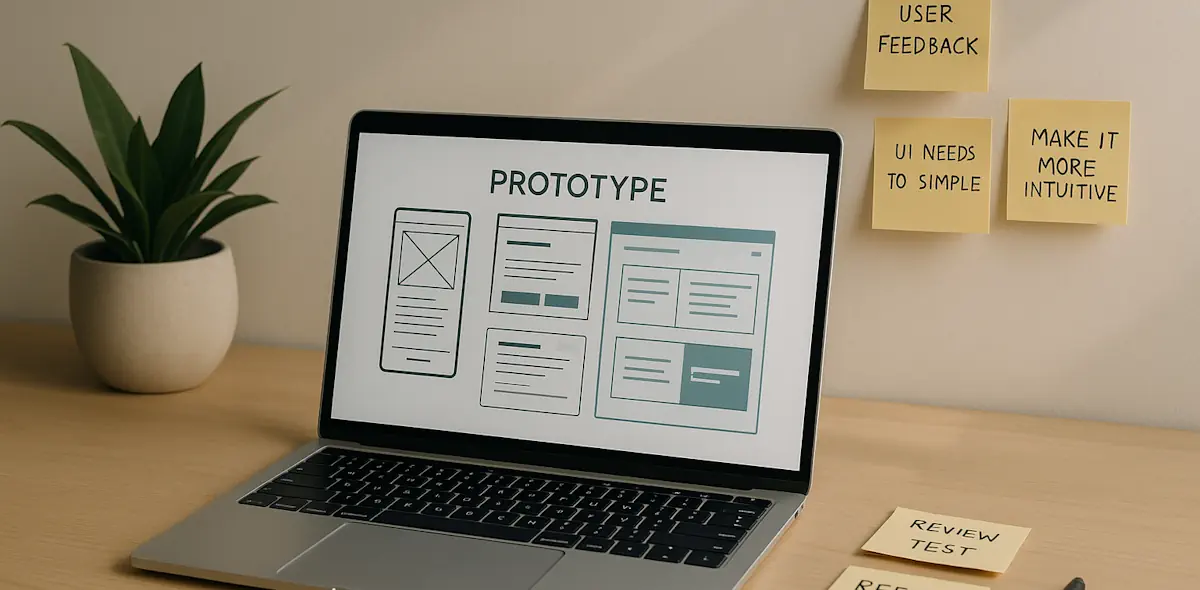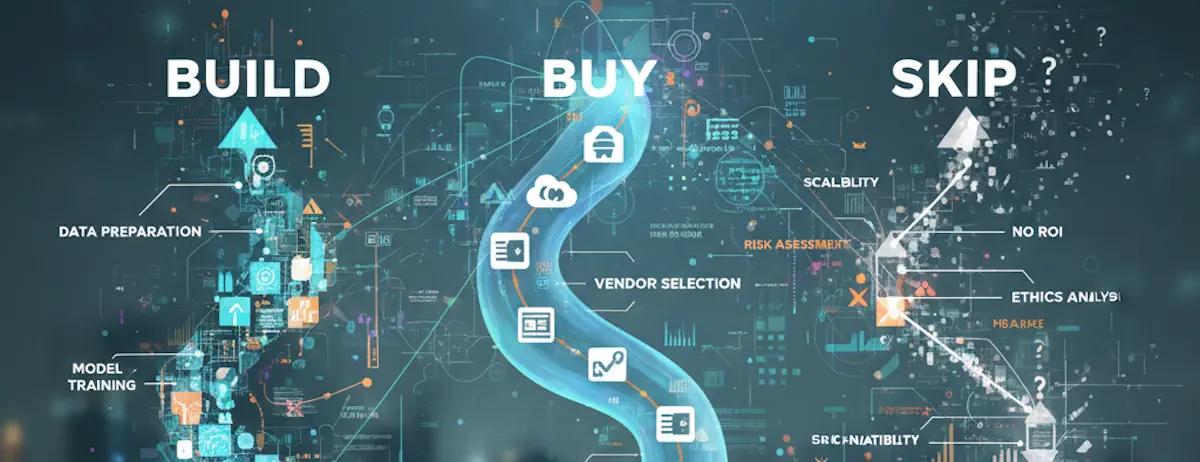Delivering Delight in 15 Seconds
How enterprise software can deliver consumer-grade experiences in a blink

A decade ago, I challenged development teams to create “joy in 15 seconds.” Back then, it was revolutionary to expect enterprise software to deliver immediate satisfaction. Today, it’s table stakes. The modern user—conditioned by TikTok’s instant dopamine hits and Amazon’s one-click purchases—demands even faster gratification from every digital experience, including workplace tools.
According to research by Google, 53% of mobile users abandon sites that take longer than three seconds to load. For enterprise software, the stakes are just as high. Forrester reports that employees now expect enterprise applications to match consumer experiences, with 70% saying poor software experiences negatively impact their productivity and job satisfaction.
Let’s explore how the “15-second rule” has evolved and how modern product leaders can meet these heightened expectations.
The Evolution of the 15-Second Rule
1. First Impressions Start Earlier Than Ever
In 2015, I noted that “the 15-second countdown starts as soon as the user clicks ‘install now.’” Today, the clock starts even earlier—-at discovery and consideration.
Today’s users begin forming opinions from their first interaction with your brand, whether through a Google search, App Store listing, or social media mention. By the time they download your product, they’ve already formed expectations about the experience. That brief window is critical to meet, if not exceed, those expectations.
According to a 2024 McKinsey study, 63% of B2B buyers now conduct significant research before ever engaging with a vendor, making that first product interaction even more crucial. Product leaders must ensure their onboarding process immediately validates the promises made during the pre-purchase journey.
2. Authentication Without Friction
Social logins have evolved from novel to necessary. While my original article noted a 50% increase in registration with social login options, today’s authentication landscape offers even more sophisticated options.
Passwordless authentication methods have become mainstream, with magic links, biometric verification, and single sign-on (SSO) solutions creating nearly invisible security layers. According to the 2023 Okta Businesses at Work report, companies using passwordless authentication saw 27% higher user activation rates and 19% fewer support tickets related to access issues.
The best products make authentication feel like a non-event—-swift, secure, and forgettable in the best way possible.
3. Progressive Disclosure vs. Overwhelming Features
Product leaders are reimagining the concept of a product walkthrough. Rather than bombarding users with every feature at once, leading products now embrace progressive disclosure—-revealing functionality contextually as users demonstrate readiness.
Research from Nielsen Norman Group indicates that users retain only 28% of what they see during initial product exploration. For complex enterprise products, this means traditional feature-dump tours are largely ineffective. Instead, smart contextual guidance that introduces features when they become relevant creates more meaningful engagement.
As Netflix’s former VP of Product explained in a recent interview, “The best features are the ones users discover at precisely the moment they need them.”
For those of you who are gamers, the same concept applies. Think about a game you’ve picked up that introduces you to key systems and features as you need it, allowing you to connect the dots and understand the connectivity. Many story-based or role playing games tend to do a good job of just-in-time progression. Compare that feeling to a more theme park-based game where you are dropped in with everything unlocked at once. The overwhelming feeling degrades the value of those features in the first moments of introduction.
4. Meeting Users In Their Digital Habitat
One of my original recommendations was to “deliver the product experience where users already work.” This principle has become even more critical in today’s fragmented digital landscape.
The proliferation of tools means the average enterprise employee now toggles between 13 different applications more than 30 times per day, according to research by Qatalog and Cornell University. This context switching costs organizations approximately 32 productive days per employee annually.
Leading products now integrate directly into existing workflows through APIs, extensions, and native integrations. Slack, Microsoft Teams, and collaboration tools like Notion have become platforms themselves, hosting ecosystems of integrated apps that minimize context switching.
Take Loom, for example. By embedding directly into Slack, Gmail, and project management tools, they reduced the friction of video messaging to mere seconds—allowing users to record and share without ever leaving their workflow.
5. Delivering 10X Value, Visibly and Immediately
My original article emphasized that “for users to adopt a new solution, research shows it must provide 10x improvement over an existing situation.” This remains true, but with two critical updates: that improvement must be immediately visible and the bar has shifted from 10x to 100x.
User expectations have evolved through consumer tech experiences. As Harvard Business Review notes, B2B buyers increasingly behave like consumers, expecting immediate evidence of value rather than promised future benefits.
Consider Notion’s rapid rise against established competitors like Evernote. Within seconds of creating a document, users can transform it into a database, kanban board, or wiki—delivering immediate, visible proof of its versatility compared to traditional note-taking apps.
Four Principles for 15-Second Joy
1. Design for Progressive Mastery
Products should provide immediate value through core functionality, then progressively reveal deeper capabilities as users demonstrate readiness and interest.
- Initial Win: Focus the first 15 seconds on delivering one satisfying accomplishment
- Success Scaffolding: Sequence additional features to build on previous successes
- Contextual Introduction: Introduce advanced capabilities at the moment of need
Figma exemplifies this approach. New users can immediately create basic designs, while more sophisticated functionality appears contextually as they grow more comfortable with the platform.
2. Embrace the “Invisible Product” Philosophy
The best product experiences often feel invisible-—they solve problems so seamlessly that users barely notice the interaction.
- Anticipatory Design: Predict user needs before they articulate them
- Smart Defaults: Pre-populate choices based on context and patterns
- Ambient Intelligence: Provide assistance that feels natural and unobtrusive
Consider how modern code editors like GitHub Copilot suggest completions as developers type, or how Superhuman’s email client uses AI to automatically categorize and prioritize messages. These features create delight precisely because they require minimal user effort.
3. Leverage Network Effects From Day One
In 2015, social login was innovative. Today, products must leverage existing networks to create immediate value.
- Ecosystem Integration: Connect with tools users already depend on
- Data Portability: Import existing content to create instant utility
- Collaborative Foundations: Make sharing and teamwork trivial from the start
Miro exemplifies this principle—-new users can instantly import existing documents, connect to Slack or Teams, and collaborate with teammates without configuration. This creates immediate utility through existing relationships and content.
4. Measure and Optimize Time-to-Value (TTV)
Product teams must directly measure how quickly users reach their first moment of delight.
- Success Milestones: Define clear markers of user success
- Conversion Optimization: A/B test onboarding to maximize success rates
- Drop-off Analysis: Identify where users abandon before experiencing value
Amplitude’s product analytics platform shows that companies reducing time-to-value by just 30% typically see retention rates improve by 15-20% in the critical first month.
The Business Case for 15-Second Joy
The economic impact of delivering immediate value extends beyond user satisfaction:
- Reduced Customer Acquisition Costs: Products that demonstrate value instantly see 41% higher conversion rates from trial to paid according to a 2023 OpenView Partners report.
- Higher Retention: Mixpanel’s analysis shows users who experience value within the first minute have 79% higher 30-day retention than those who don’t.
- Boosted Referrals: Products delivering immediate joy generate 3.4x more organic referrals according to research from Amplitude, creating a sustainable growth engine.
- Expanded Market Reach: When products minimize learning curves, they can appeal to less technical users, expanding their potential market.
How to Implement the 15-Second Joy Principle
For Product Leaders
- Identify Your “Aha” Moment: What is the core value your product provides? Ruthlessly optimize the path to this moment.
- Measure Time-to-Value: Establish concrete metrics for how quickly users reach key success milestones.
- Designate a “First Experience” Owner: Make someone directly responsible for the critical first 15 seconds of user experience.
- De-risk Innovation: Use feature flags to test new onboarding approaches with small user segments.
For Designers
- Eliminate Unnecessary Steps: Audit your onboarding flow and remove anything that doesn’t directly contribute to the core value experience.
- Use Familiar Patterns: Leverage established design patterns that don’t require learning.
- Test with Fresh Eyes: Regularly observe new users experiencing your product for the first time.
For Engineers
- Prioritize Performance: Establish budgets for critical metrics like startup time, response latency, and animation smoothness.
- Prefetch and Cache: Anticipate user needs by loading likely content in advance.
- Enable Incremental Functionality: Design systems that provide basic functionality immediately while advanced features load in the background.
Conclusion
Ten years after introducing the “joy in 15 seconds” to my teams, the principle has only grown more critical. In today’s crowded software landscape, users won’t wait minutes—-or even thirty seconds—-to experience your product’s value.
The most successful products don’t just perform technical functions; they create emotional connections through immediate, frictionless experiences. They meet users where they are, integrate with existing workflows, and demonstrate value before asking for commitment.
As attention spans continue to shrink and expectations rise, the products that deliver joy most quickly will win disproportionate market share. Whether you’re building consumer apps or enterprise platforms, remember: you have just fifteen seconds to transform curiosity into delight. Make them count.
How is your product delivering joy in its first fifteen seconds?









